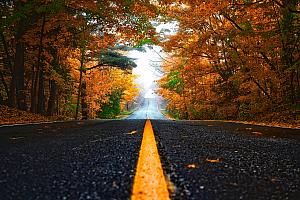Discover Romania: National parks to visit for spectacular autumn colors
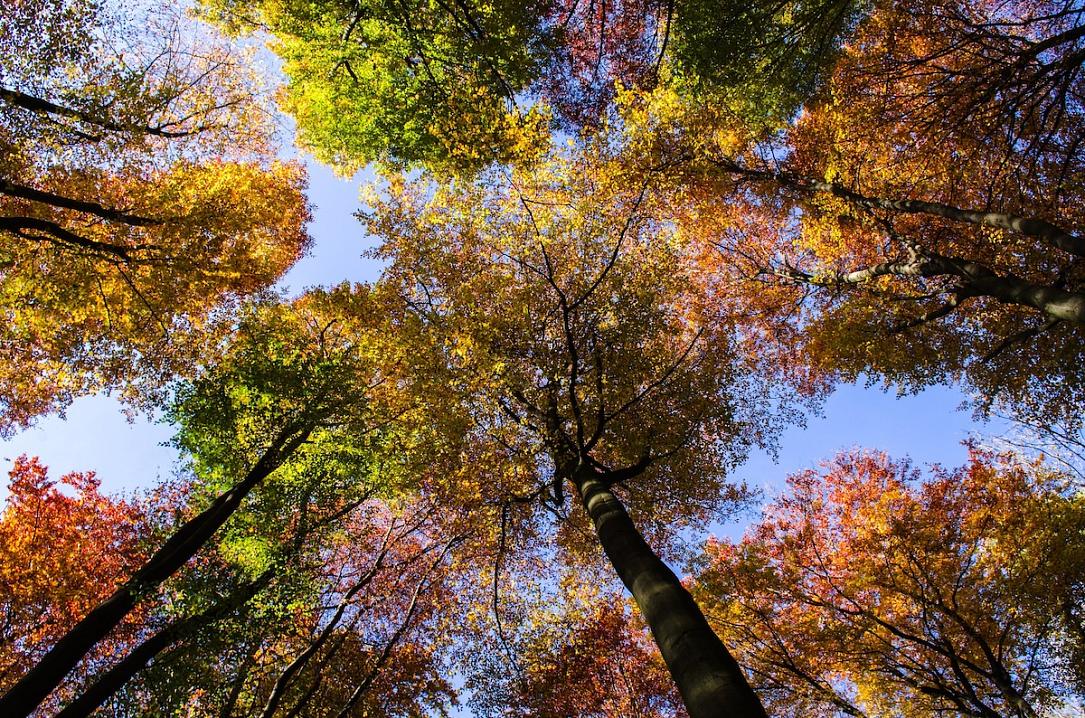
While summer is all about enjoying the sun and making fun memories, autumn is the season that invites people to spend more time in nature.
The autumn’s spectacular mixes of colors completely transform the natural landscapes, and there are plenty of spots in Romania that offer front seats to the amazing autumn show. Among them, the always surprising national parks. Check the list below to discover five of Romania’s national parks and choose your favorite for an autumn trip:
Retezat National Park
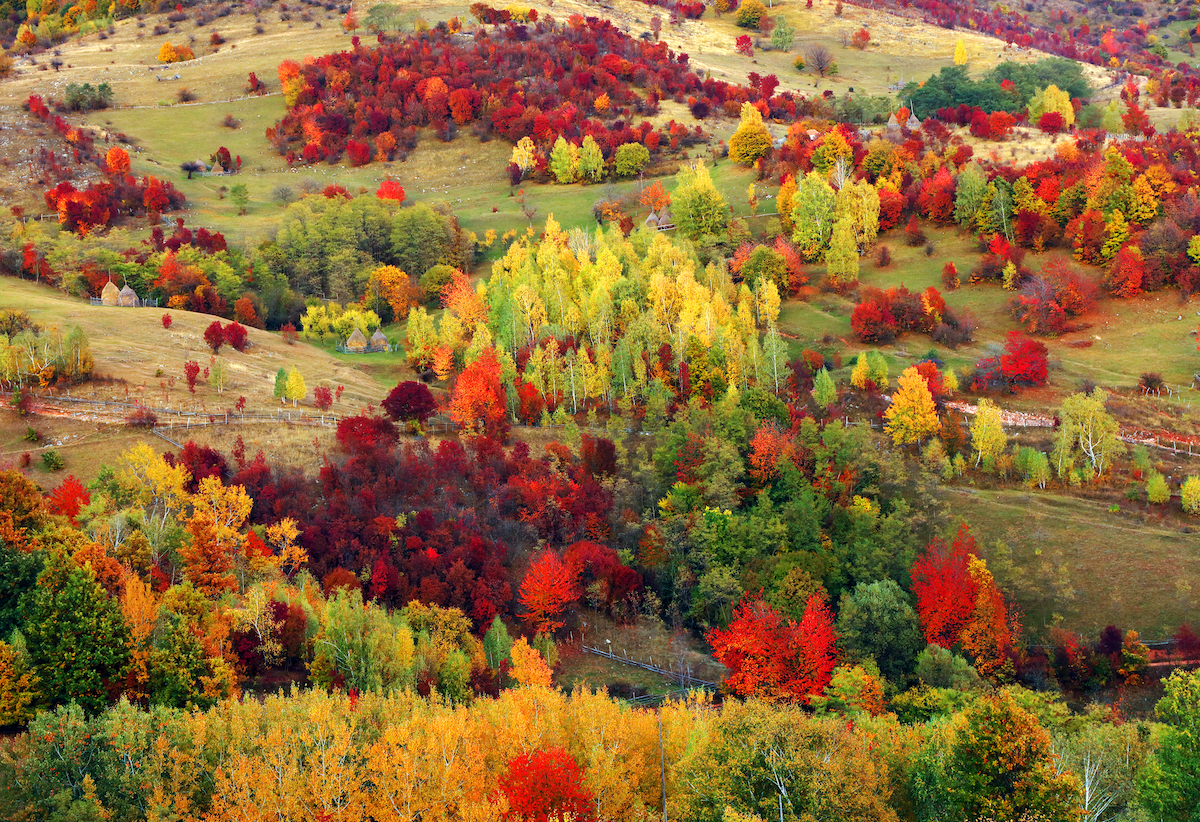
Located in the Retezat Mountains in Hunedoara county, the Retezat National Park is one of the most spectacular in Romania. A perfect place for hiking, this park offers breathtaking views in every season, but especially in autumn when the mix of green, red, orange, yellow and brown colors creates perfect scenes for all visitors.
Retezat National Park was established in 1935, which makes it the oldest national park in Romania. It has more than 20 peaks of over 2,000 m and is not only home to the largest glacial lake in Romania (Bucura) but also to the deepest glacial lake in Romania (Zanoaga). Plus, its flora consists of more than 1,100 plant species, of which 130 have the "endangered" or "vulnerable" status.
And let’s not forget the fauna, particularly rich mainly due to its very diverse habitats, natural or slightly modified by human intervention. There are big predators such as the wolf and the brown bear but also chamois, red deer, roe deer, wildcats and Eurasian otters. Moreover, about 185 species of birds find a home here, as well as reptiles and fish living in the park’s lakes.
There are several hiking trails for tourists, both for daytrips starting from a mountain cabana (or campsite) and longer trips between cabanas. A map of access to the park is available here.
For those planning longer vacations, there are also tourist attractions nearby that should not be missed, such as the famous archeological site Ulpia Traiana Sarmizegetusa, the Densus Church (one of the oldest Romanian churches still standing), the Prislop Monastery, and the medieval fortress is Malaiesti.
Cheile Nerei – Beusnita National Park
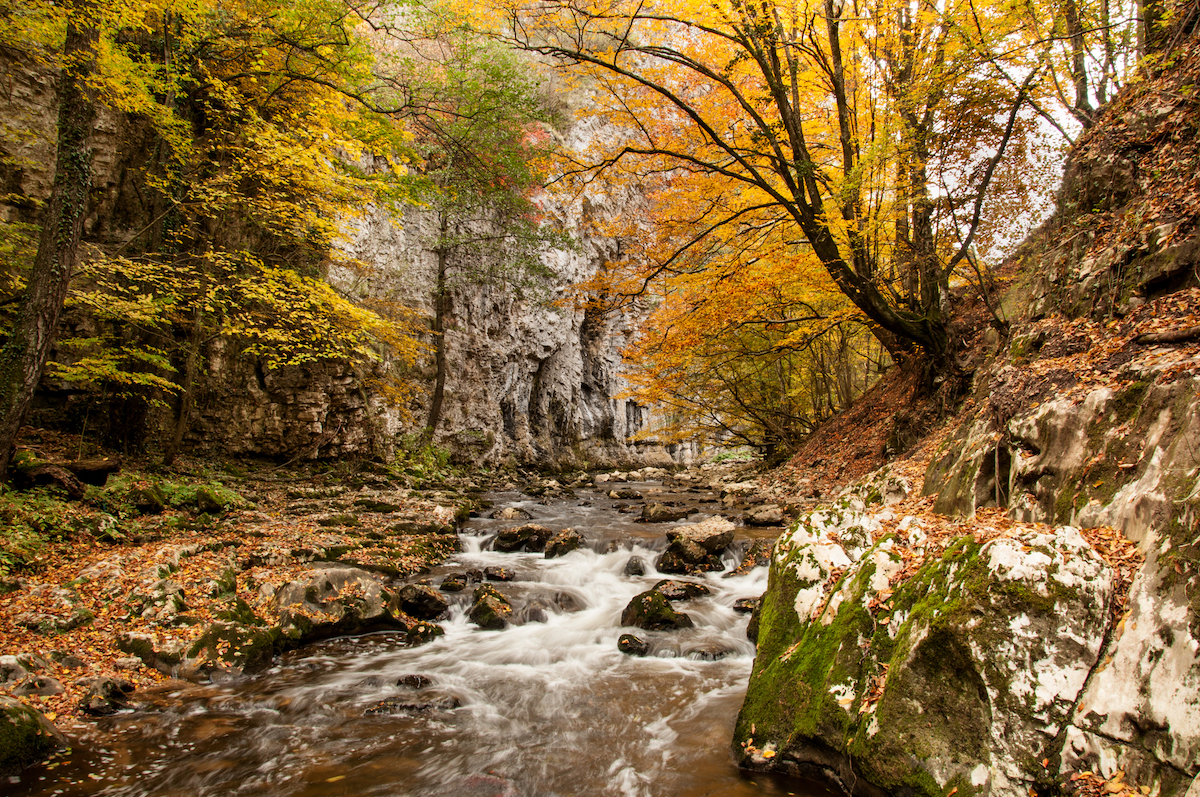
Located in the Caras-Severin county, in the southwest part of the country, this park’s wild beauty simply amazes visitors. It covers more than 36,000 hectares and, similar to the other national and natural parks in Romania, it shelters a large variety of flora and fauna. And the forests here, consisting of various species of trees, from the European beech to oaks and the European ash, create postcard-like views in autumn.
The park is home to some of the most beautiful lakes in Romania. Take for example the Ochiul Beiului Lake, known for its very clear water, and Dracului Lake (whose name would translate as the Devil’s Lake). But one of its top attractions is the unique Bigar Waterfall, where the water runs over a dome-shaped rock, thickly covered in moss, which splits the flow into a fine filament-like cascade. There are also other waterfalls to see here, such as the Beusnita Waterfall and the Susara Waterfall.
There are several tourist trails that help visitors discover the wonderful world of the Cheile Nerei-Beusnita National Park, and they are listed here.
One of the lesser-known tourist attractions of Caras-Severin county is located nearby: the water mills in Rudaria, in the commune of Eftimie Murgu, at about 26 km from Bigar Waterfall.
Cheile Bicazului - Hasmas National Park
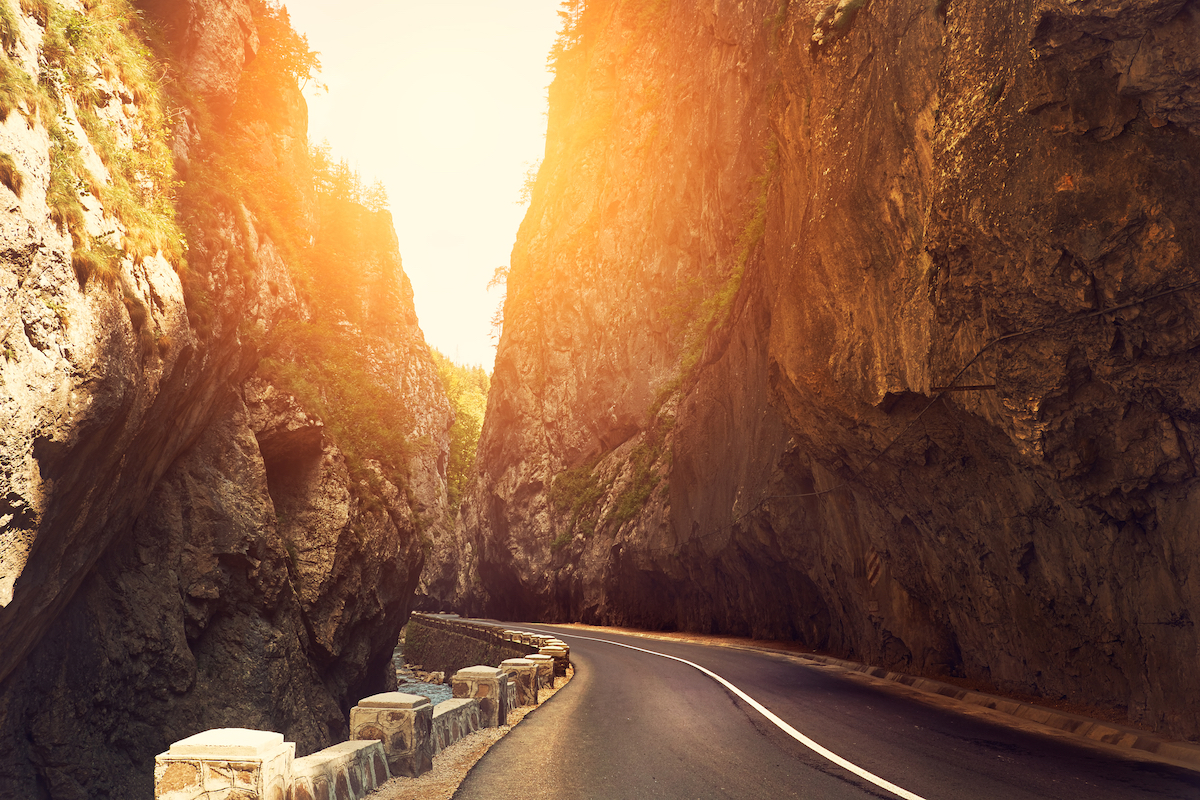
Another natural tourist spot that should be added to the list of “places to visit this autumn” is the Cheile Bicazului-Hasmas National Park. This park is located in northeastern Romania, in the Eastern Carpathians, and is mostly covered in spruce forests. Wild animals such as the bear, the lynx and the wolf find home in these forests, but the park also hosts red deer and wild alpine goats. There are also various species of reptiles living here, as well as birds such as woodpeckers and the Ural owl.
The park’s most important geological features (and top tourist destinations) are Cheile Bicazului – some of the most impressive gorges in Romania and one of the country’s most spectacular sights, and Lacul Rosu (the Red Lake) – whose name comes from the reddish alluvia deposited in the lake by the Red Creek.
There are almost 20 tourist routes in the park, all perfect to discover the place’s secrets and natural wonders. All you have to do is choose the one(s) that fit you best, as there are shorter ones of 1-2 hours as well as more difficult ones of up to 8 hours. A list of trails is available here.
Access to this protected area can be done mainly from Bicaz, Neamt county and Gheorgheni, Harghita county, localities linked by the DN12C national road that crosses the protected area through the area of Lacul Rosu resort and Cheile Bicazului.
Calimani National Park
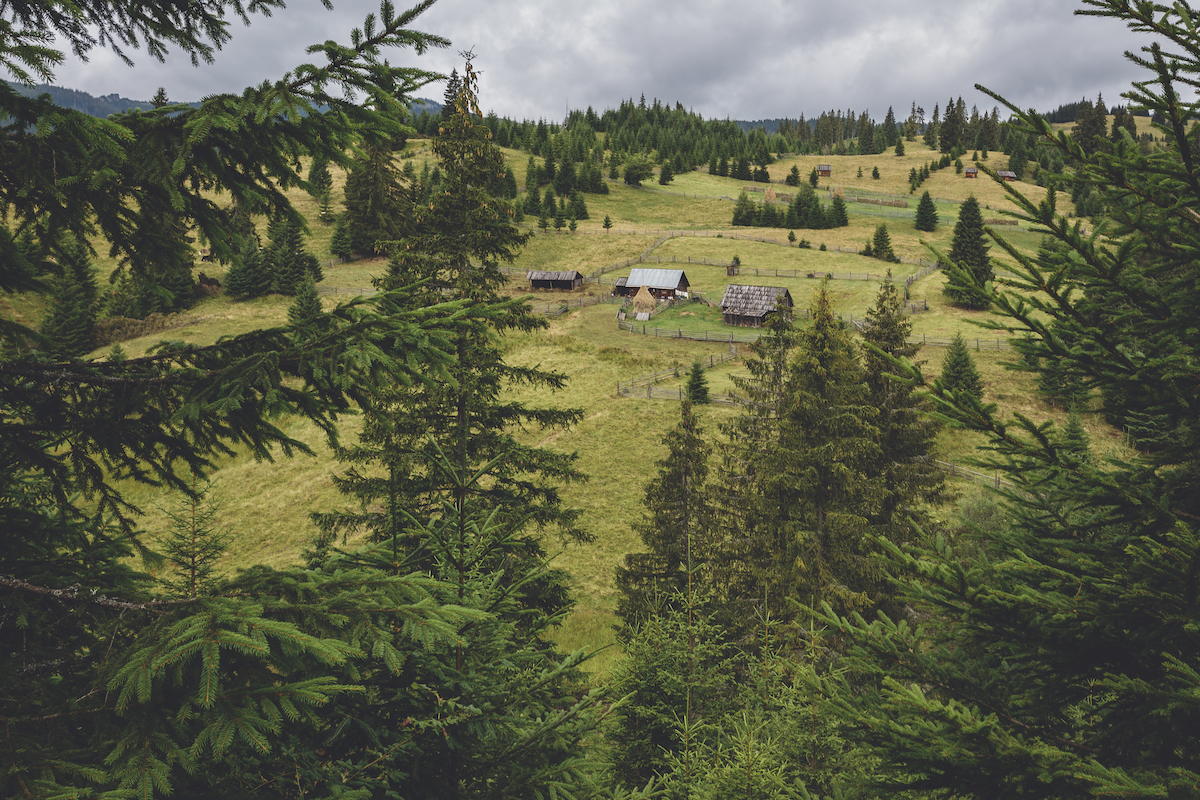
Not far from the city of Vatra Dornei is the Calimani National Park, another great place for autumn hikes. It is a mountain area with diversified landforms, flora and fauna, which together create a perfect place to relax and re-connect with nature. The forests are the main habitats, consisting of Norway spruce, beech, and Arrola pine, which make a great home for both large and small wild animals.
The 12 Apostoli (12 Apostols) nature reserve is one of the park’s top tourist destinations, offering fairytale landscapes with strange and mysterious rock formations sculptured by weather in time, but visitors should also make the time to see the Tihu Waterfall and the Iezerul Calimanului Reserve.
There are three tourist trails arranged in the park, namely the Gura Haitii-Pietrele Rosii-Dornisoara route (blue cross, 7-8 hours), Gura Haitii village-Poiana Izvoarelor-Pietrosu Calimani Peak-Retitis Peak-Iezerul Calimanilor Peak-Pasul Paltinis (red cross, only for the very well trained as it takes 16 hours to cover it), and Neagra Sarului village-12 Apostoli Peak-Poiana Izvoarele-Retitis Peak-Iezerul Calimanilor Peak-Neagra Sarului village (red dot, also very difficult – 18-21 hours). More details are available here.
Buila-Vanturarita National Park
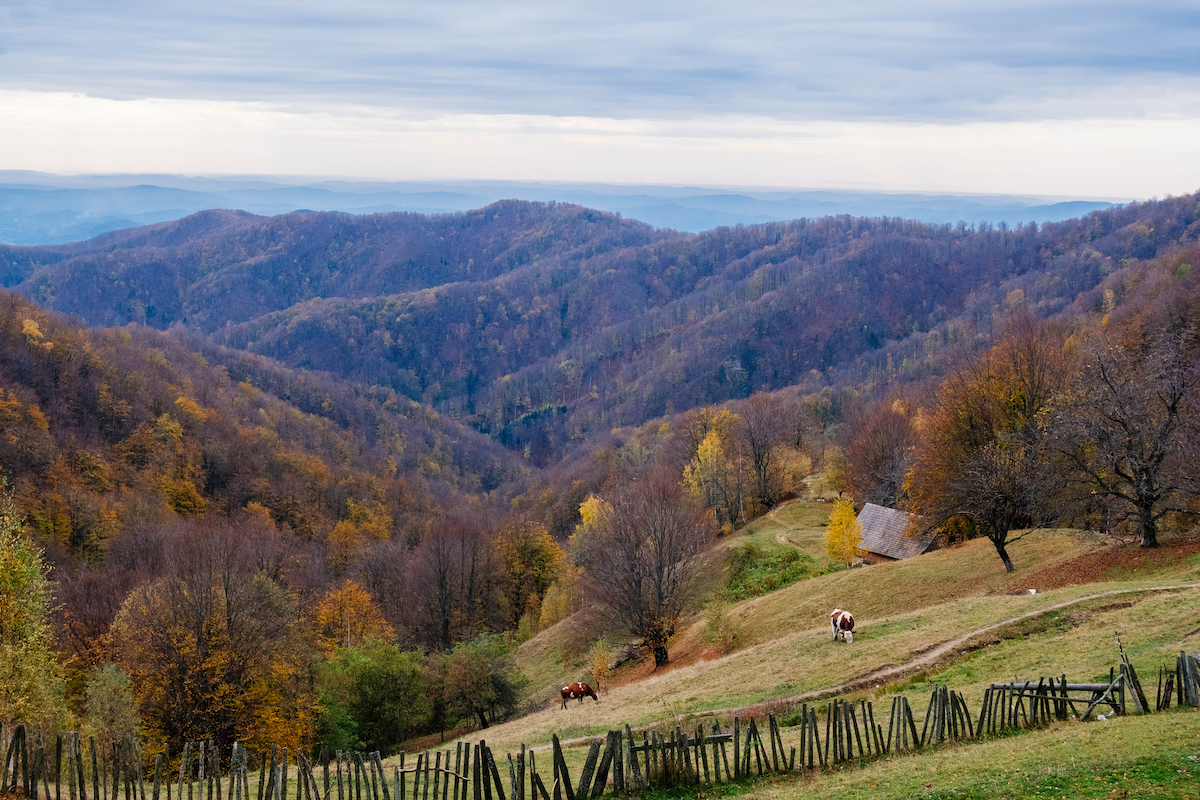
Covering 4,186 hectares, Buila-Vanturarita is the smallest of Romania’s national parks but in no way less surprising than the others. It is located in Valcea county, in the southwestern part of Romania, and comprises the linear limestone ridge of the Buila-Vanturarita Massive, 14 km long.
There are many tourist spots in this park but also nearby. For example, the picturesque village of Horezu, which is famous worldwide for its special ceramics, is located at a distance of about 55 km from the park, and while there you can also make a stop in Maldaresti to see the fortified houses known locally as cule. Several tourist trails of different difficulties take tourists through the park, and those interested can go here to check them and choose the best one(s).
There are six access points to Buila-Vanturarita National Park, namely three from the village of Costesti (one on the Bistrita Valley and two on the Costesti Valley), one from Barbatesti village and on the Otasau Valley, one from the village of Cheia and on the Cheia Valley, and one from Baile Olanesti city, on the Olanesti Valley. More details are available on the park’s official website here.
- Tips:
The temperatures in these parks can be cooler than expected and the weather can change from sunny to rainy in minutes so it’s better to pack warm and waterproof clothes and footwear when preparing for the trip. Other accessories such as maps and flashlights should also be added to the list.
newsroom@romania-insider.com
(Opening photo: Pixabay.com)






